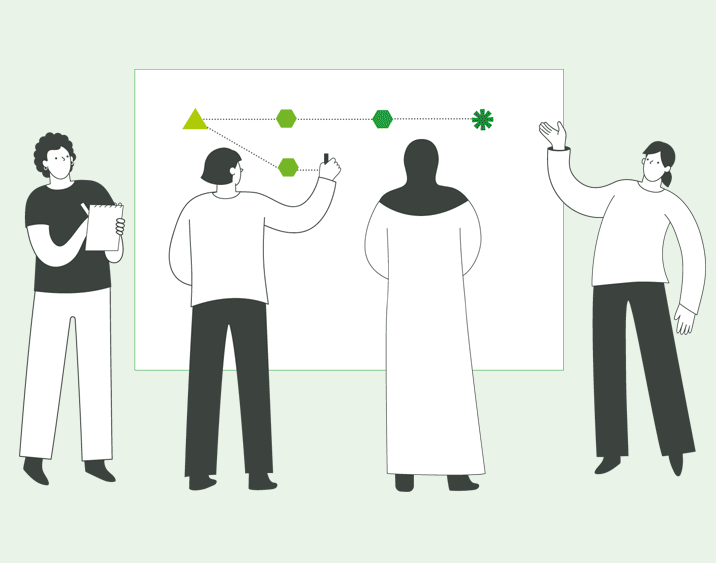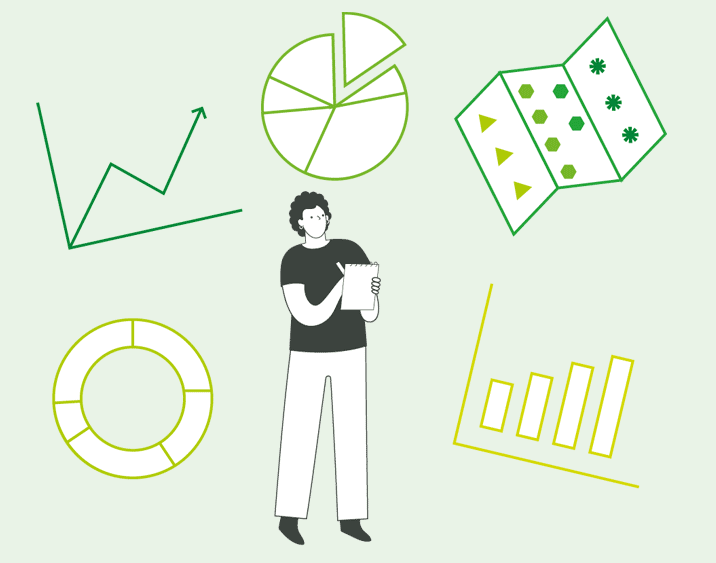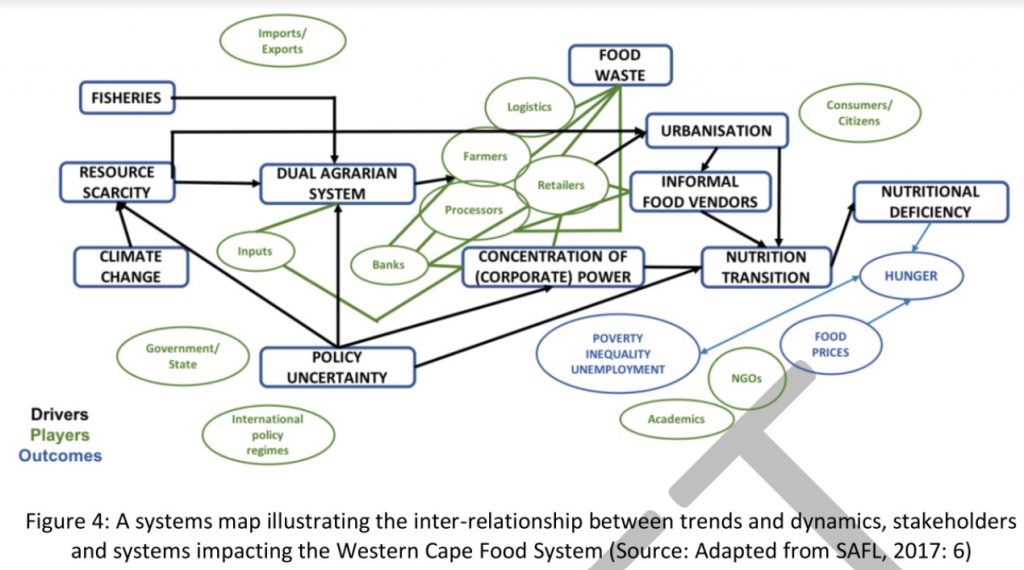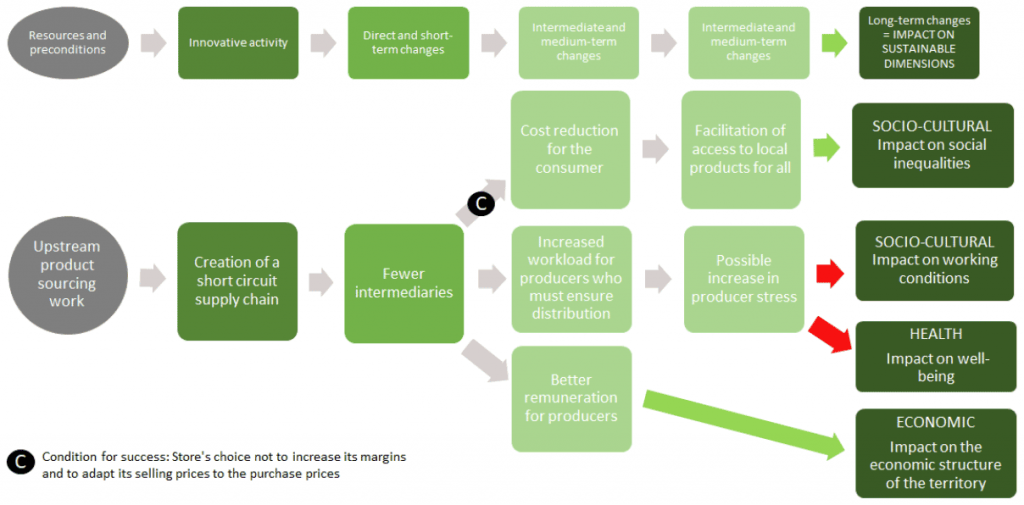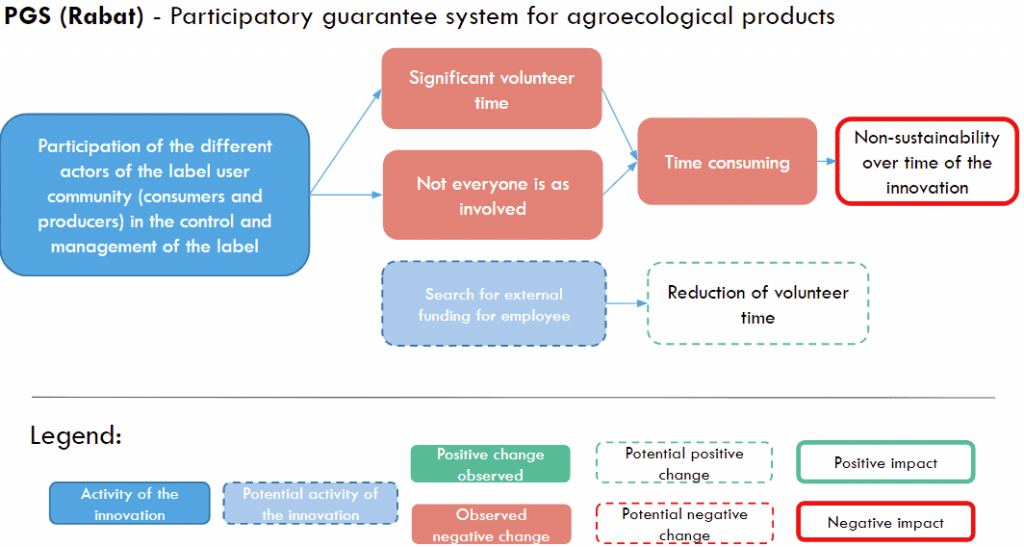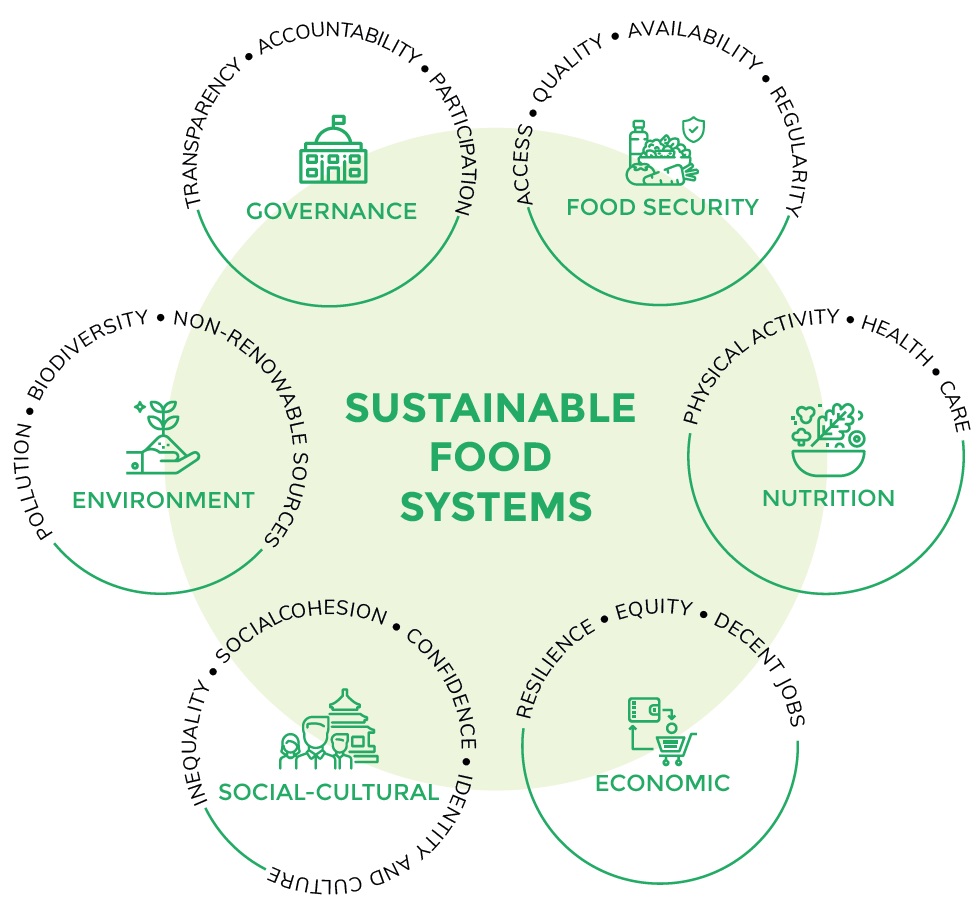
Based on the information collected in the interviews, actor diagrams depict how different groups of people are involved in the innovation. These diagrams provide an overview of how various actors are directly or indirectly involved in and affected by the innovation and the relationships between those groups. The actor diagram also helps you identify the participants to be involved in step 2. Here’s an example.
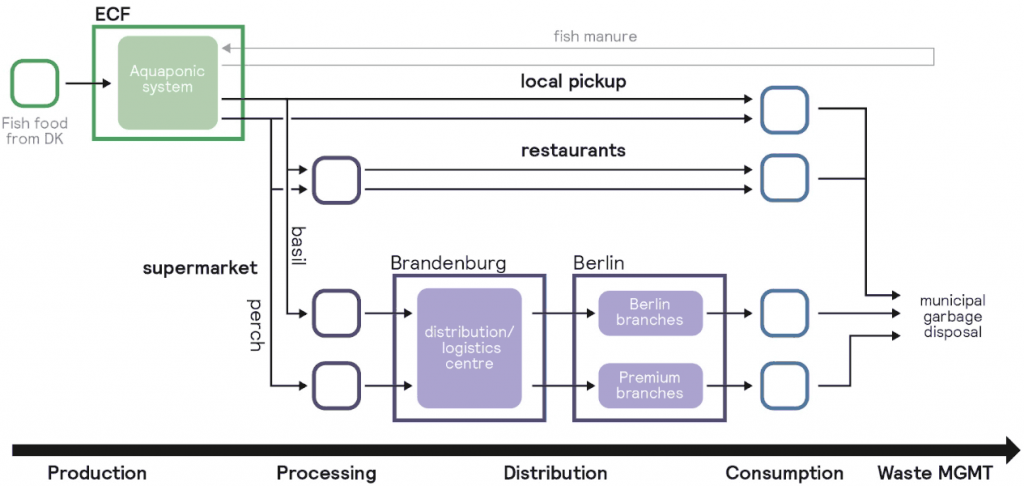
If you have enough information after identifying the main innovation actors, you may describe and map the roles and relationships of actors in the innovation.
You may also want to identify the role of actors in an innovation in relation to their power and interest in the innovation. You may also want to describe the actors’ level of involvement in the innovation, asking questions like: are actors developing, funding, or supporting the innovation? Are they benefiting from the innovation activities? Attention to power dynamics among stakeholders in the actor diagram can help identify key information for Step 2.
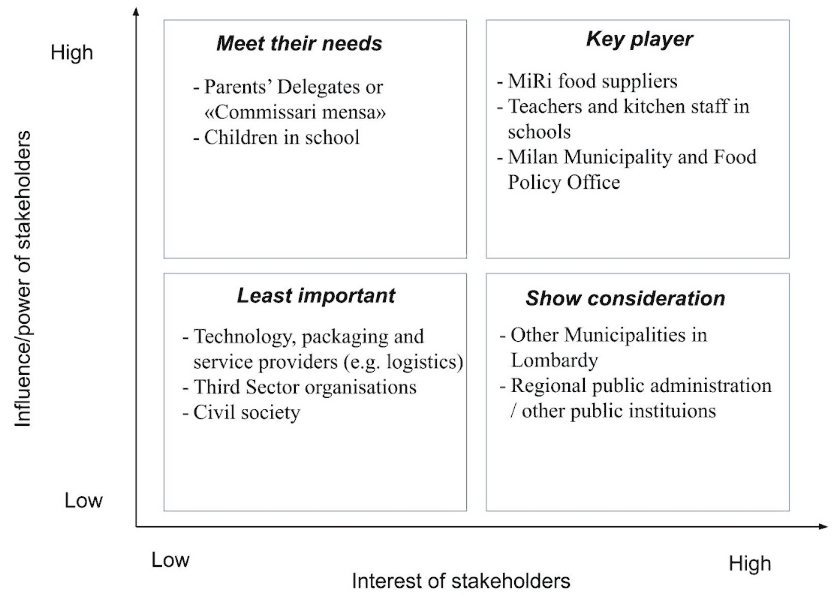
Ressources
To understand the relevant stakeholders to map, two groups were distinguished:
- internal stakeholders, corresponding to project participants
- external stakeholders, corresponding to actors who do not directly participate to the project network but still have influence over the project and / or are in some form affected by it.
Source: Giulia Bartezzaghi.






